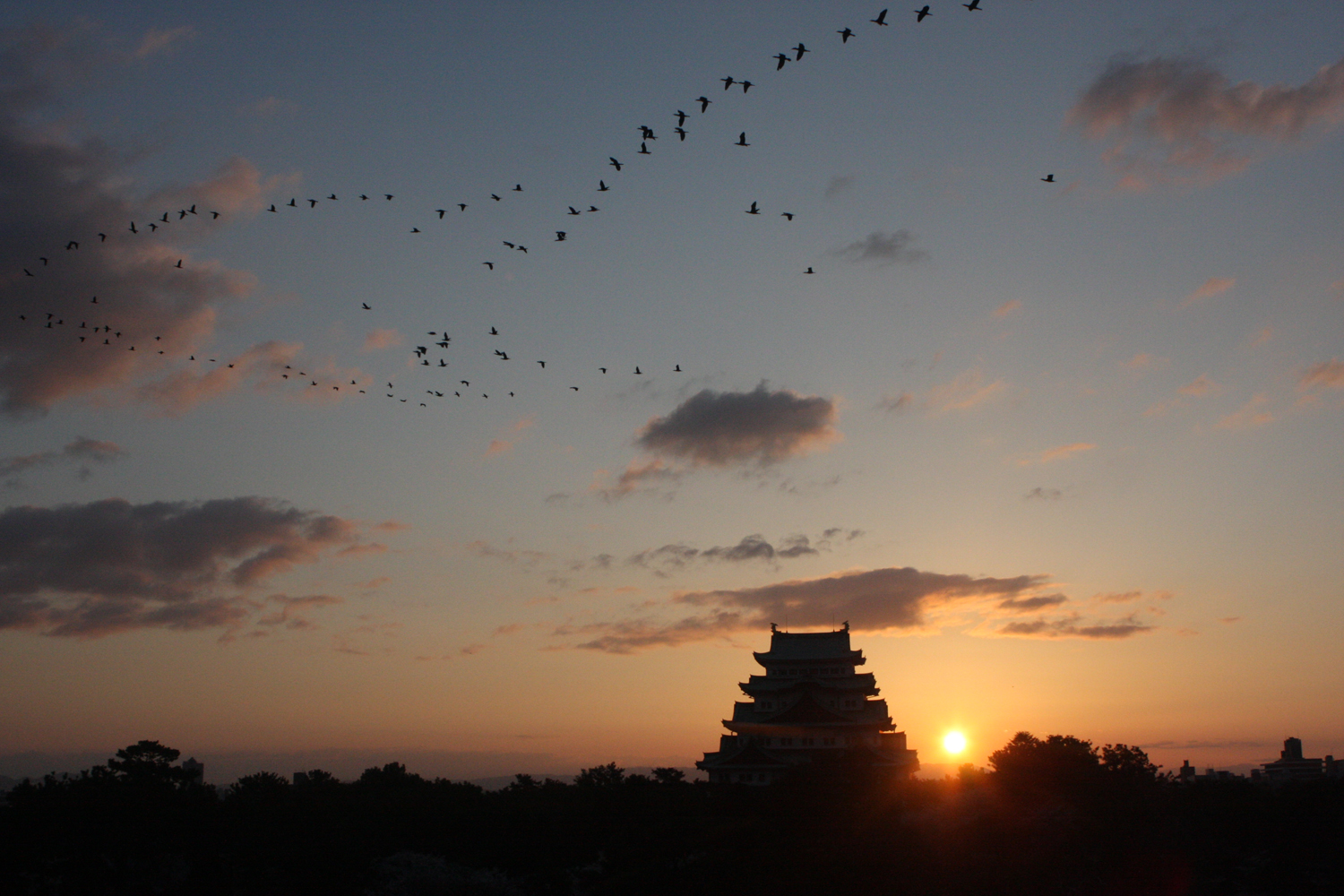On January 2016, The United Nations established 17 Sustainable Development Goals (SDGs) of the 2030 Agenda for Sustainable Development. One of those goals is to end hunger, achieve food security, improved nutrition and promote sustainable agriculture by the year 2030. Our Advanced Green Water Treatment: Micro Bubble Technology was created to meet UN SDGs goal to end hunger, achieve food security and promote sustainable water use that is more environmental friendly.
According to the UN, The vast majority of the world’s hungry people live in developing countries, where 12.9 percent of the population is undernourished. Asia is the continent with the most hungry people – two thirds of the total are undernourished, this was caused by the soaring food demand due to the rapidly increasing population but it doesn’t matched with enough food supply, and ASEAN play a major key role to fulfil the global food demand (World Bank, 2014)
In the other hand, ASEAN has been a major producer of fisheries products. Combined, the 10 ASEAN countries accounted for a quarter of global fish production. Of the world’s top ten largest fish producers, four are from ASEAN - Indonesia, Thailand, Vietnam, and the Philippines (ASEAN, 2010).
Major fisheries production of ASEAN came from capture fishing, but overfishing and marine environment degradation are all lessening the ability of the natural resource base to supply food. Therefore, we would like to focus on Aquaculture Industry since we could recreate the supply and its growth doubled from 2000-2005, in 2005 Aquaculture Industry makes 25% of total fish productions of ASEAN (FAO, 2009). The challenge for ASEAN is to increase the supply of farmed fish by 2030 from the current 10 million to over 15 million by 2030 (YSEALI, 2016).
Majority of ASEAN countries are developing countries that ranked among the top twenty five countries in terms of aquaculture volume, but these activities caused environmental impact too. Indonesia and Philippines were early movers when it comes to brackish water cultivation, the amount of productions were good, but particularly because of the destruction of mangroves. Government in these two countries had placed moratoriums on brackish water farm development. Thus, both countries experienced slower growth in aquaculture output from 2000 until 2003. (FAO, 2009).
Referring to the fact that availability of land also could be a major problem in aquaculture industry (Rustadi, 2016). A non-extensive solution that could be applied to all ASEAN countries should be found to catalyze the growth of aquaculture industry, with one note in mind that each countries in ASEAN region have their own unique topography.







0 comments:
Post a Comment